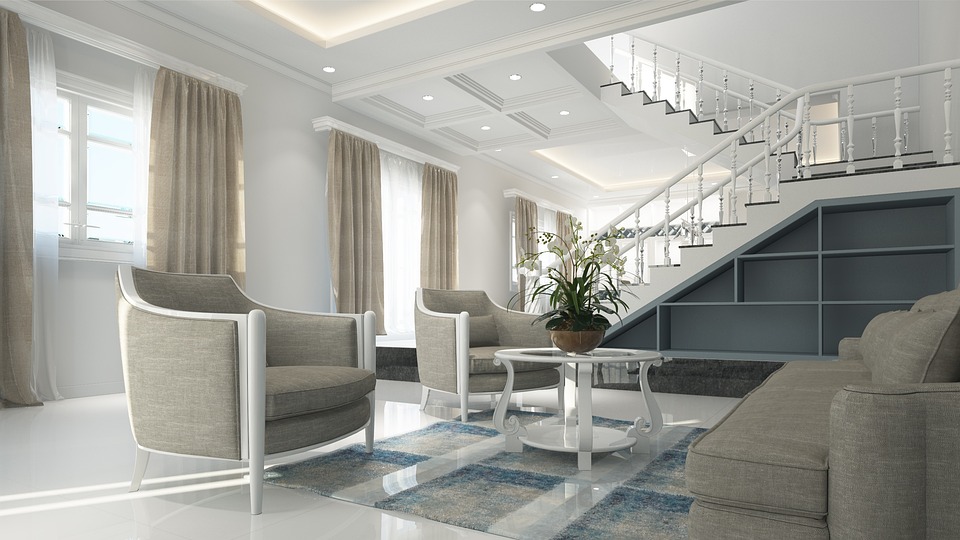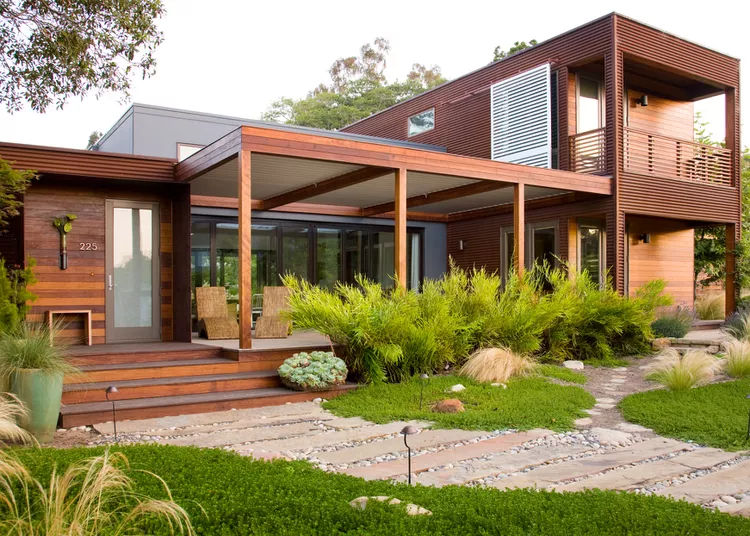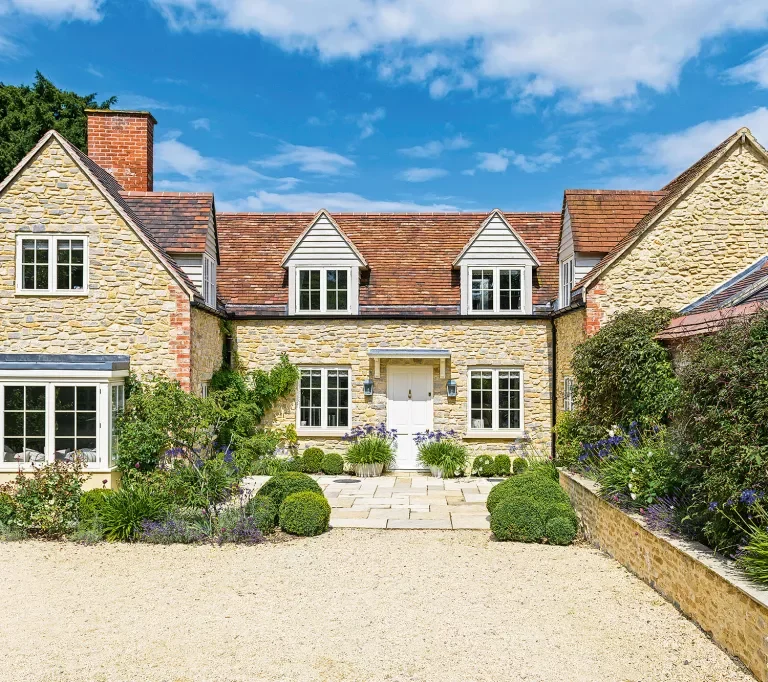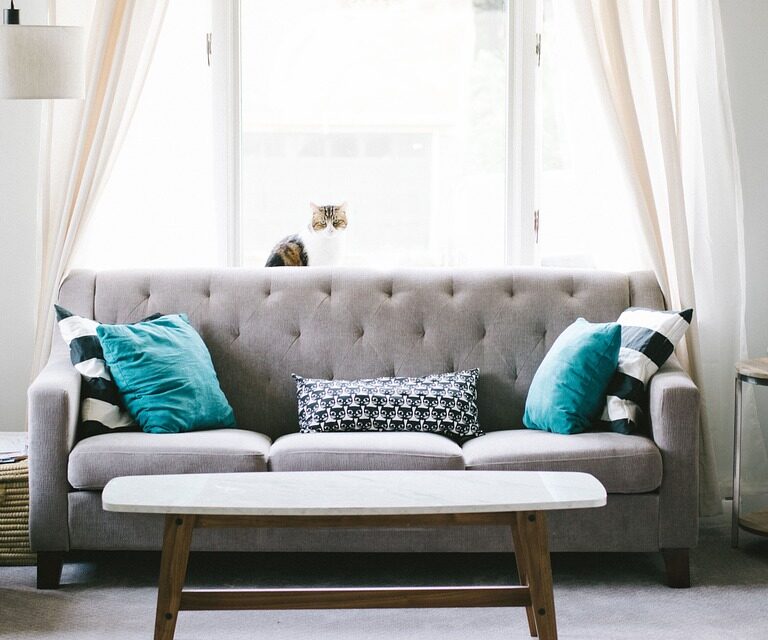How to Choose the Perfect House Color Scheme: Expert Tips and Inspirations
Choosing the perfect color scheme for your house can be an exciting yet daunting task. The right combination of colors can enhance your home’s curb appeal, create a welcoming ambiance, and reflect your personal style. However, with so many options available, it’s easy to feel overwhelmed. In this article, we will provide expert tips and inspirations to help you choose the perfect house color scheme that suits your taste and complements your home’s architecture.
Table of Contents
- Introduction: The Power of Color in Home Design
- Understanding the Basics of Color Theory
- Consider Your Home’s Architecture and Style
- Harmonizing with the Surroundings
- Taking Inspiration from Nature
- Exploring Different Color Combinations
- Using Technology to Visualize Colors
- Testing Samples and Making the Final Decision
- Painting Techniques for a Striking Finish
- Maintaining Your House Color Scheme
- Frequently Asked Questions (FAQs)
- What is the best color scheme for a traditional-style home?
- Can I use bold colors for a small house?
- Should I consider the climate when choosing a color scheme?
- How often should I repaint my house?
- Can I mix different color schemes for different parts of my house?
Introduction: The Power of Color in Home Design
Color has the power to transform spaces and evoke emotions. It plays a crucial role in home design, as it can enhance architectural features, create visual interest, and set the mood for each room. Before diving into the process of choosing a color scheme, it’s important to understand the basics of color theory and how different colors interact with each other.
Understanding the Basics of Color Theory
Color theory is the foundation of any successful color scheme. It involves understanding the color wheel, color relationships, and the psychological effects of different colors. By familiarizing yourself with concepts like complementary, analogous, and monochromatic colors, you can create harmonious and visually pleasing combinations.
Consider Your Home’s Architecture and Style
When choosing a color scheme, it’s essential to consider your home’s architecture and style. Different architectural styles have distinct color palettes that enhance their unique features. For example, a Victorian-style home might benefit from rich, deep colors, while a modern minimalist house could shine with a clean and neutral palette.
Harmonizing with the Surroundings
To ensure your house color scheme blends seamlessly with its surroundings, take inspiration from the natural elements around your home. Consider the landscape, neighboring houses, and the overall vibe of the area. By harmonizing with the environment, your home will stand out while still complementing its surroundings.
Taking Inspiration from Nature
Nature provides endless inspiration when it comes to color combinations. Look to the colors found in your garden, the changing seasons, or nearby bodies of water. Earthy tones, vibrant florals, or serene blues can all serve as a starting point for your house color scheme.
Exploring Different Color Combinations
There are countless color combinations to choose from, each with its own unique impact. Experiment with different shades, tints, and tones to create depth and dimension. Consider using a primary color as the dominant shade, with secondary and tertiary colors as accents to add interest and personality.
Using Technology to Visualize Colors
Thanks to advancements in technology, visualizing different color schemes has become easier than ever. Utilize online tools or software that allows you to digitally paint your house’s exterior or visualize different color combinations. This will give you a clearer idea of how your chosen colors will look in real life.
Testing Samples and Making the Final Decision
Before committing to a specific color scheme, it’s crucial to test samples on your house’s exterior. Paint small sections with the colors you’re considering and observe how they appear in different lighting conditions. Remember that colors may look different during different times of the day, so take your time to make an informed decision.
Painting Techniques for a Striking Finish
Once you’ve selected your house color scheme, it’s essential to pay attention to the painting techniques to achieve a professional and striking finish. Prep your house’s exterior by cleaning and repairing any surfaces before painting. Consider using multiple coats for better coverage and durability.
Maintaining Your House Color Scheme
To keep your house looking fresh and vibrant, regular maintenance is essential. Clean the exterior periodically, remove any dirt or grime, and inspect for any signs of wear or fading. Depending on the climate and the type of paint used, you may need to repaint your house every five to ten years.
Conclusion
Choosing the perfect house color scheme is a creative process that requires careful consideration. By understanding the basics of color theory, considering your home’s architecture and surroundings, and drawing inspiration from nature, you can create a visually appealing and harmonious color scheme that reflects your personal style. Remember to use technology to visualize your choices, test samples, and pay attention to painting techniques for a professional finish. With the right color scheme, your house will make a lasting impression.
Frequently Asked Questions (FAQs)
- What is the best color scheme for a traditional-style home?
- Traditional-style homes often look stunning with warm, earthy tones such as beige, taupe, or deep reds. These colors enhance the classic features of the house while maintaining a timeless appeal.
- Can I use bold colors for a small house?
- Yes, bold colors can add character and make a small house stand out. However, it’s important to consider the surrounding houses and the overall aesthetic of the neighborhood to ensure your color choice complements the area.
- Should I consider the climate when choosing a color scheme?
- Absolutely. Climate plays a significant role in how colors appear over time. In hot climates, lighter colors can help reflect heat, while darker colors absorb heat. Consider the climate and how it may affect the longevity and energy efficiency of your home.
- How often should I repaint my house?
- The frequency of repainting depends on various factors such as climate, quality of paint, and wear and tear. As a general guideline, consider repainting your house every five to ten years to keep it looking fresh and well-maintained.
- Can I mix different color schemes for different parts of my house?
- Yes, you can mix different color schemes for different parts of your house to create visual interest and define separate areas. Just make sure the colors harmonize with each other and create a cohesive overall look.







